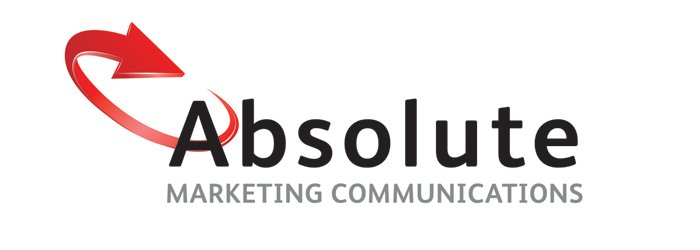Usually, I don’t give a second thought to how I sign off on emails. They usually come easily to me based on the content of my email. But last week I was stumped!
I was writing an email to a client requesting they follow up on an issue for me. My email was light enough but I got unstuck when it came to ending it. I needed a line that made it sound like I wasn’t hounding yet communicated that the issue required attention.
My bout of writer’s block had me consulting Google. During my search I came across a lot of articles about email signoffs and what’s acceptable and what people should steer clear of. I actually found it interesting and couldn’t stop reading!
So, I present to you the dos and don’ts of email sign offs.
The most common and professional sign offs
Most people use email as a work tool, so it goes without saying that the sign off needs to be professional. Here are the most commonly used professional email sign offs.
· Kind Regards
· All the best
· Best
· Best regards
· Regards
· With appreciation
· Many thanks
· Cheers (if you’re looking for a professional yet friendly tone)
· Thank you for your assistance in this matter
· I look forward to hearing from you
· I look forward to working with you on this project
Email sign offs you should avoid
There are some sign offs that should be avoided especially if you are writing your email in a professional capacity. These include:
· Love (save it for family and friends!)
· Thx or rgrds (you’re not texting!)
· Yours truly
· Have a blessed day
· Xoxo
Other things people do at the end of their emails but probably shouldn’t
I’m sure, like myself you have probably received an email with a quote at the end. Whether it’s a movie quote, a philosophical quote or an inspirational quote, it can come across as a bit cheesy.
Another thing to potentially avoid is the use of emojis. Yes, they’re cute but unless you’re overly familiar with the person you’re emailing probably not a good idea.
The subject of email sign offs can go on for days. What are some of the best or worst that you’ve seen?
